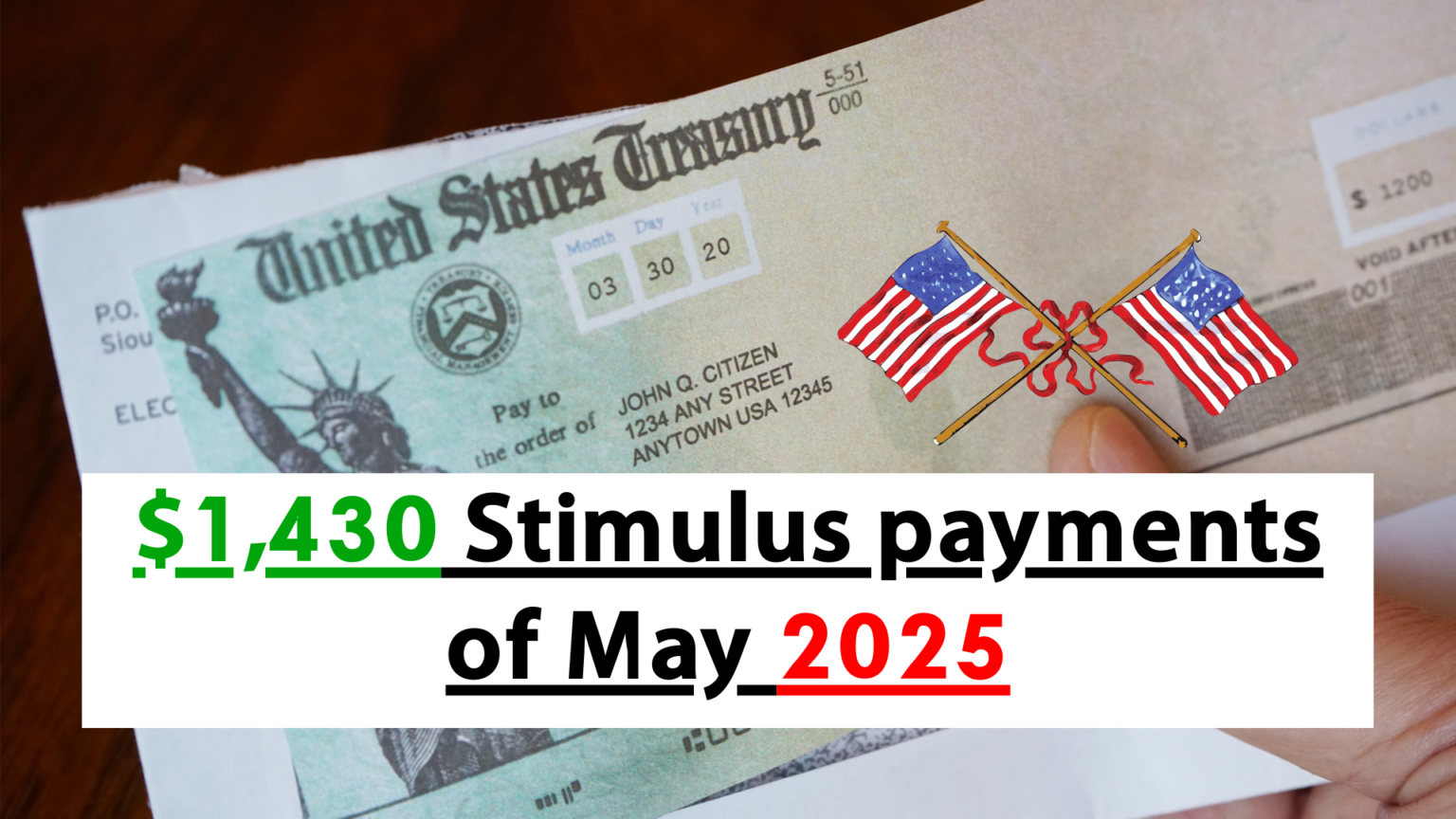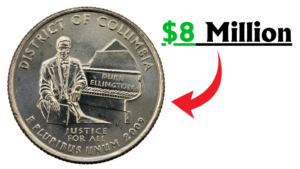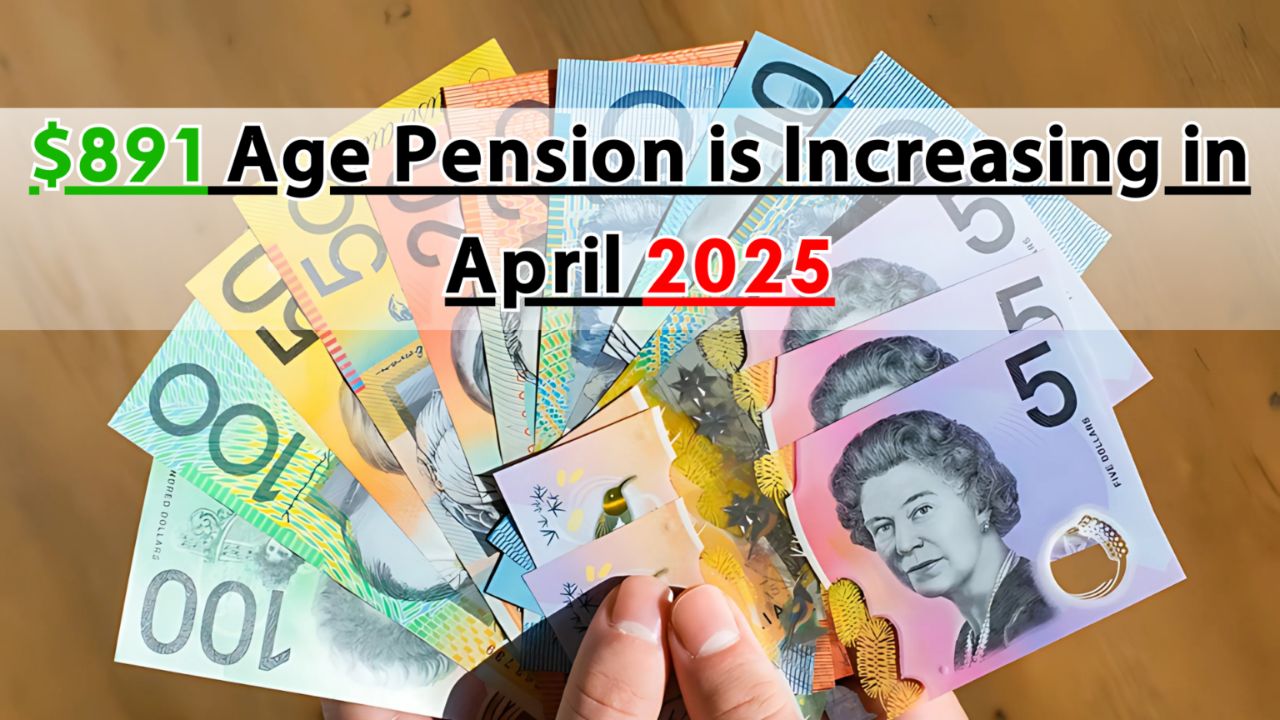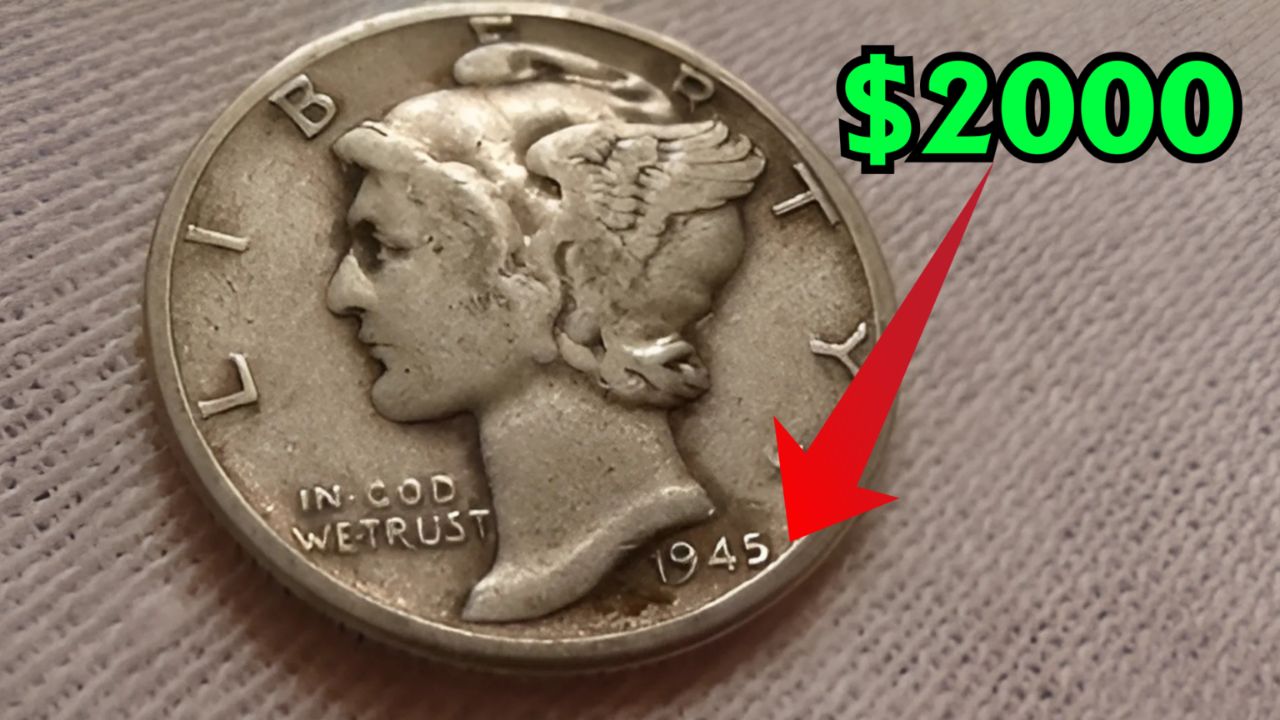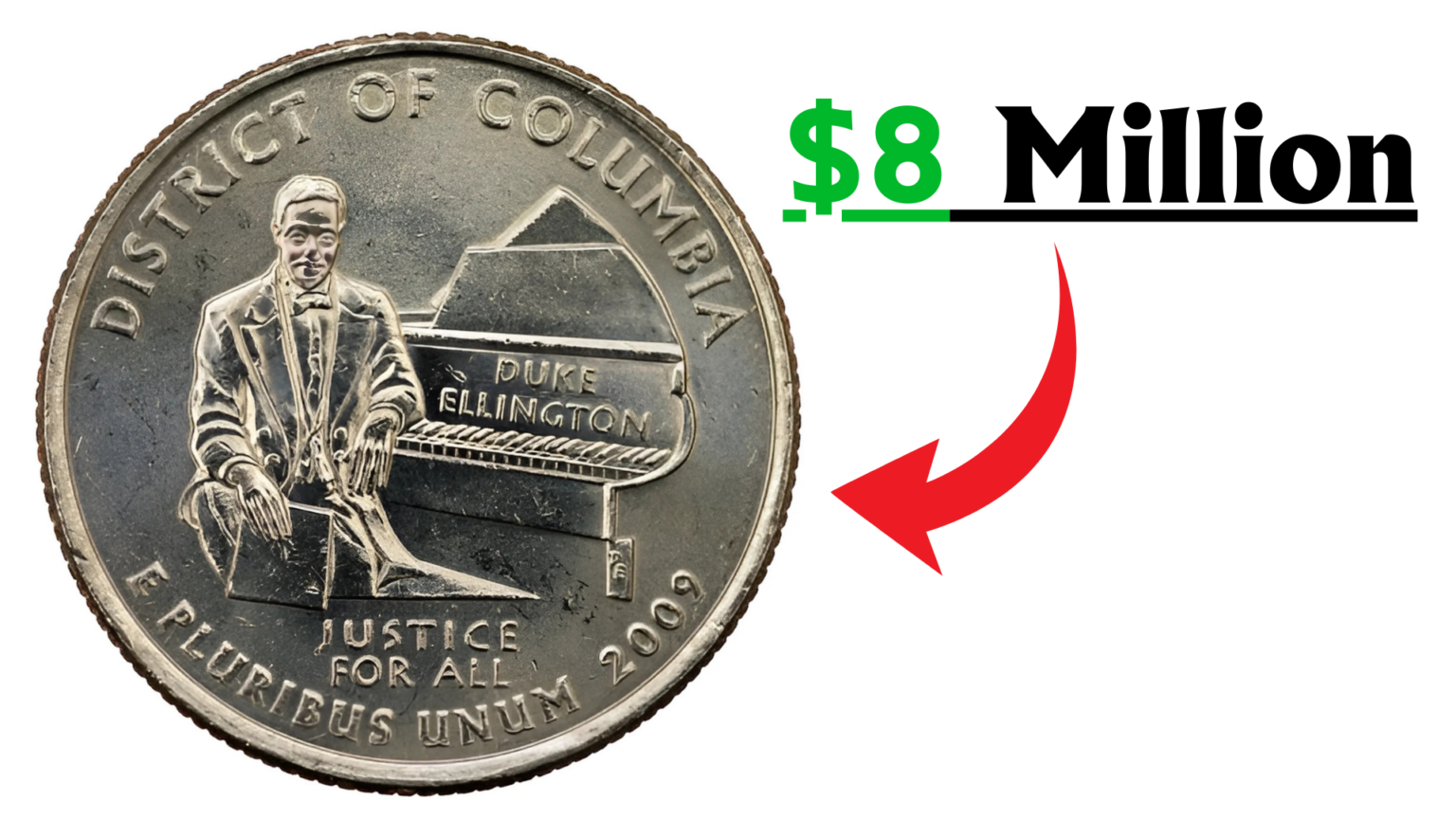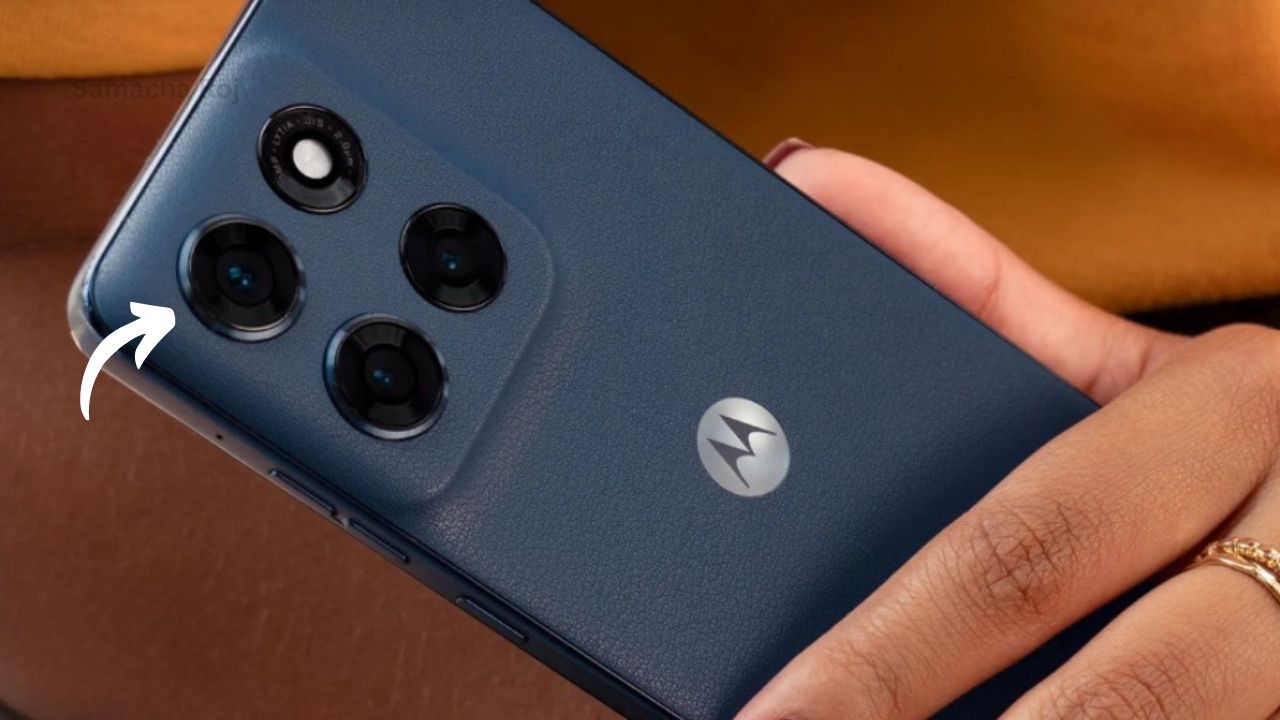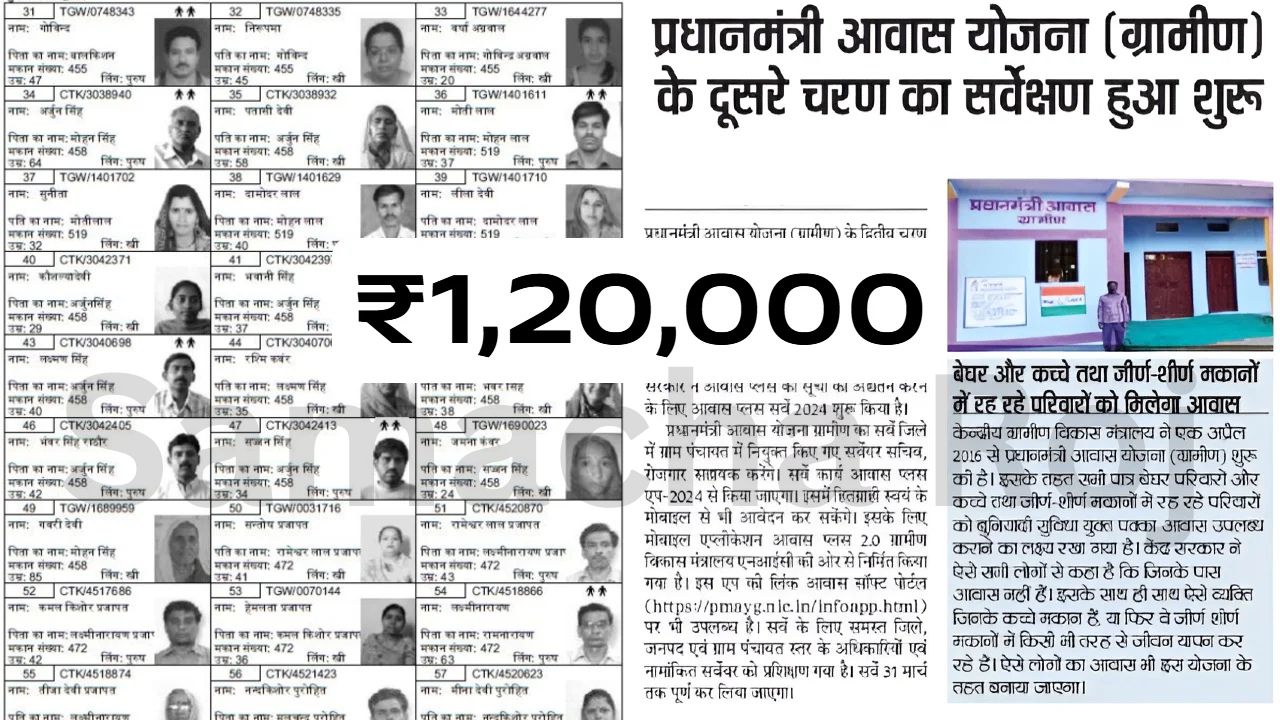Imagine waking up to find an extra $1,430 in your bank account. For many Americans, this could be a reality in May 2025, as rumors swirl about a new round of stimulus payments aimed at easing financial burdens. But who qualifies? How can you ensure you don’t miss out? In this guide, I’ll walk you through everything you need to know about the potential $1,430 stimulus payments, from eligibility criteria to practical steps for checking your status. Let’s dive in with a clear, human perspective to help you navigate this opportunity.
What Are the $1,430 Stimulus Payments?
A Lifeline for Tough Times
Stimulus payments have been a game-changer for millions since the pandemic hit. They’ve helped families like Sarah’s, a single mom from Ohio who used her 2021 payment to cover rent and keep food on the table. Fast forward to 2025, and whispers of a new $1,430 stimulus check are gaining traction. While not officially confirmed, these payments could be part of a broader economic relief plan to combat rising costs and inflation, much like the $1,400 checks issued under the American Rescue Plan.
Why Now?
Inflation hasn’t slowed down as much as we’d hoped. Groceries, gas, and utilities are still pinching wallets. Experts like Dr. Emily Carter, an economist at the University of Chicago, suggest that targeted stimulus could boost consumer spending without overheating the economy. “Direct payments put money where it’s needed most—everyday households,” she says. If approved, the $1,430 payments could arrive as early as May 2025, offering relief to those struggling to make ends meet.
Who Qualifies for the $1,430 Stimulus Payments?
Income Thresholds: The Key to Eligibility
Eligibility for stimulus checks typically hinges on your adjusted gross income (AGI). Based on previous rounds, here’s what we might expect:
- Single filers: Full payment for AGI up to $75,000; partial payment up to $80,000.
- Married couples filing jointly: Full payment for AGI up to $150,000; partial payment up to $160,000.
- Heads of household: Full payment for AGI up to $112,500; partial payment up to $120,000.
For example, John, a freelance graphic designer earning $70,000 annually, would likely qualify for the full amount. But his friend Lisa, who earns $85,000, might only get a partial payment or none at all.
Dependents: Extra Cash for Families
Families with dependents could see bigger checks. In 2021, parents received an additional $1,400 per qualifying child or adult dependent, like college students or disabled relatives. If the 2025 plan follows suit, a family of four could pocket up to $5,720. Think of Maria, a teacher with two kids, who used her last stimulus to pay off medical bills. Another round could be a lifeline for families like hers.
Other Requirements
To qualify, you’ll likely need:
- A valid Social Security number (or ITIN for non-citizens in some cases).
- U.S. residency.
- Not being claimed as a dependent on someone else’s tax return.
Seniors, veterans, and those on disability benefits often qualify too, as long as they meet income limits. Check your status early to avoid surprises!
How to Check Your Eligibility
Step 1: Review Your Tax Returns
Your 2023 or 2024 tax return will be the IRS’s go-to for determining eligibility. Log into your IRS online account at IRS.gov to double-check your AGI and filing status. If you haven’t filed yet, tools like TurboTax or H&R Block can estimate your income.
Step 2: Use the IRS “Get My Payment” Tool
Once payments are announced, the IRS’s “Get My Payment” tool will let you confirm your status. It’s simple: enter your Social Security number, birth date, and address. Last time, I helped my neighbor Tom navigate it—he found out he was eligible in minutes.
Step 3: Update Your Info
Moved recently? Changed banks? Update your details with the IRS to ensure your payment isn’t delayed. Direct deposits are fastest, but paper checks or debit cards are options too.
What If You Don’t File Taxes?
Good News for Non-Filers
If you don’t normally file taxes—like retirees or low-income individuals—you might still qualify. In 2021, the IRS used Social Security or VA benefits data to send automatic payments. For 2025, a simplified non-filer tool could be available. Stay tuned to IRS.gov for updates, and don’t assume you’re out of luck.
A Real-Life Example
Take Linda, a 70-year-old retiree living on Social Security. She didn’t file taxes but received her 2021 stimulus after the IRS cross-checked her benefits data. If you’re in a similar boat, keep an eye out for announcements to claim your share.
When Will the Payments Arrive?
Timeline Speculation
While May 2025 is the rumored target, it depends on Congressional approval. Past rounds took 3–6 weeks to roll out after legislation passed. Direct deposits hit first, followed by checks. For context, the IRS processed 90% of 2021 payments within a month, according to Treasury data.
Plan Ahead
If you’re counting on this money, don’t spend it until it’s in your account. Budgeting apps like Mint can help you plan for essentials in the meantime.
How to Use Your $1,430 Wisely
Practical Ideas
A stimulus check isn’t “free money”—it’s a tool to stabilize your finances. Consider these options:
- Pay down debt: Clear high-interest credit cards or medical bills.
- Build savings: Start an emergency fund with at least $500.
- Cover essentials: Stock up on groceries or pay overdue utilities.
Sarah, the single mom I mentioned, put half her check toward rent and saved the rest for her son’s school supplies. Small, intentional choices make a big difference.
Avoid Common Pitfalls
Beware of scams promising “early access” to your payment. The IRS never asks for bank details via email or text. Stick to official channels like IRS.gov.
Why Stimulus Payments Matter in 2025
Economic Context
Inflation hit 3.2% in 2024, per the Bureau of Labor Statistics, squeezing budgets nationwide. Stimulus checks could ease that pressure, especially for low- and middle-income households. Dr. Carter notes, “Targeted relief supports families without fueling runaway inflation.”
A Human Impact
For people like John, Maria, and Linda, these payments aren’t just numbers—they’re a chance to breathe easier. Whether it’s fixing a car, covering childcare, or avoiding eviction, $1,430 can be a turning point.
FAQs About $1,430 Stimulus Payments
Will there definitely be a $1,430 stimulus payment in May 2025?
No official confirmation exists yet. The $1,430 figure is based on speculation and past patterns. Check IRS.gov for updates.
How do I know if I’m eligible?
Your eligibility depends on your AGI, filing status, and residency. Use your 2023/2024 tax return or the IRS’s online tools to verify.
What if I didn’t get a previous stimulus check?
You may still claim missed 2021 payments by filing a 2021 tax return before April 15, 2025. For 2025 payments, follow IRS guidance.
Will the payment affect my taxes?
No, stimulus payments are not taxable income and won’t impact your 2025 tax return.
Can non-residents get the payment?
Typically, only U.S. residents with valid SSNs or ITINs qualify, but check IRS rules for exceptions.
Final Thoughts: Don’t Miss Out
The possibility of a $1,430 stimulus payment in May 2025 is exciting, but it’s not a done deal. Stay proactive—check your eligibility, update your IRS info, and watch for official announcements. For families like Sarah’s or retirees like Linda, this money could mean stability in uncertain times. Bookmark IRS.gov, talk to a tax pro if you’re unsure, and keep your finances ready.

